|
|
|
|
|
|
|
|
Photo Gallery for Diadophis punctatus - Ring-necked Snake
| 60 photos are available. Only the most recent 30 are shown.
|
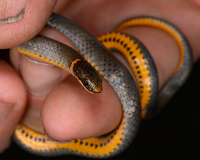 | Recorded by: Mark Shields, Ed Corey
Onslow Co.
Comment: | 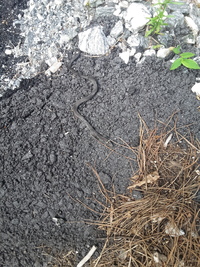 | Recorded by: S. Hill
Transylvania Co.
Comment: |
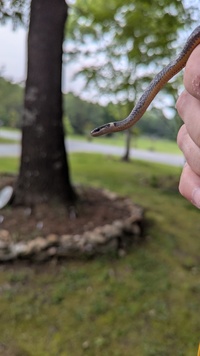 | Recorded by: Jon Robb
Rutherford Co.
Comment: |  | Recorded by: Jon Robb
Rutherford Co.
Comment: |
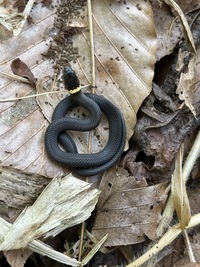 | Recorded by: Matt Perry
Surry Co.
Comment: | 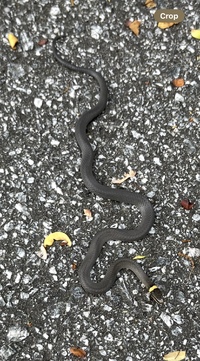 | Recorded by: Marilyn Westphal
Henderson Co.
Comment: |
 | Recorded by: Jackie Goodman
Scotland Co.
Comment: | 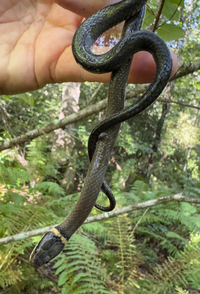 | Recorded by: Emily Stanley
Buncombe Co.
Comment: |
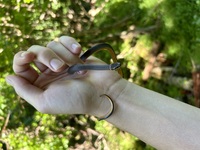 | Recorded by: Tyler Daack
Alleghany Co.
Comment: | 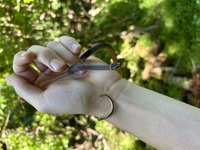 | Recorded by: Tyler Daack
Alleghany Co.
Comment: |
 | Recorded by: Steve Hall, Dee Stuckey, and Savannah Hall
Orange Co.
Comment: Found under debris in a powerline |  | Recorded by: Andrew W. Jones
Polk Co.
Comment: |
 | Recorded by: Andrew W. Jones
Polk Co.
Comment: | 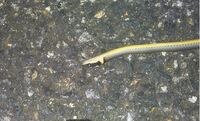 | Recorded by: Guy McGrane
Watauga Co.
Comment: |
 | Recorded by: K. Bischof
Transylvania Co.
Comment: |  | Recorded by: A. Ranson
Durham Co.
Comment: |
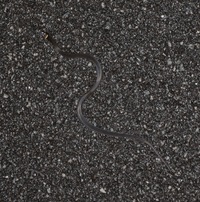 | Recorded by: K. Bischof
Transylvania Co.
Comment: | 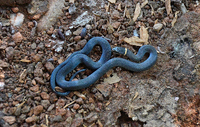 | Recorded by: J. Mickey
Surry Co.
Comment: |
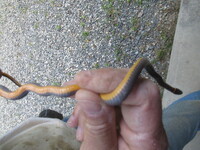 | Recorded by: Pat Momich
Madison Co.
Comment: |  | Recorded by: Pat Momich
Madison Co.
Comment: |
 | Recorded by: Erich Hofmann and Kayla Weinfurther
Craven Co.
Comment: |  | Recorded by: Erich Hofmann
Craven Co.
Comment: |
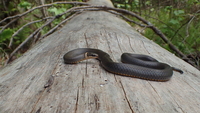 | Recorded by: Erich Hofmann
Craven Co.
Comment: |  | Recorded by: Z. Lunn
Scotland Co.
Comment: |
 | Recorded by: Z. Lunn
Scotland Co.
Comment: | 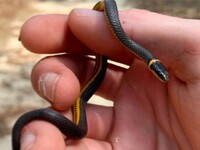 | Recorded by: T. Stafford
Moore Co.
Comment: |
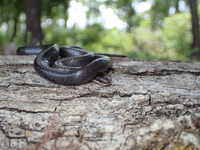 | Recorded by: Erich Hofmann
Craven Co.
Comment: | 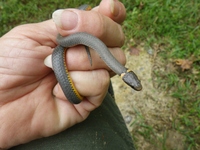 | Recorded by: j.wyche
Gates Co.
Comment: |
 | Recorded by: J.Phillips
Wake Co.
Comment: | 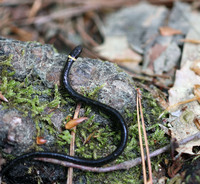 | Recorded by: J.Phillips
Wake Co.
Comment: |
|

 »
» 



 »
» 

